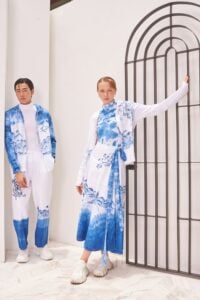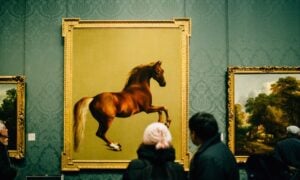The morning dawned sunny and hot for what had been billed as a mysterious journey to a “secret island” somewhere off Phu Quoc, to plumb the depths of the famed pearl farming industry.
As I waited to be collected for the journey I didn’t quite know what to expect when a mini bus pulled up carrying my host for the day and a dozen local girls in ao dais. As luck would have it the girls worked for the company, Ngoc Hien Pearl (www. ngochienpearl.com), at various sales outlets on Phu Quoc and were joining us for a day of staff training. The adventure entailed a trek of 30 kilometers to the small beachside village of Ganh Dau, our jumping off point to the pearl culturing pontoon. Ganh Dau is a small, poor fishing village far from the tourist trail, whose residents enjoy million dollar views of a spectacular sweep of ocean. The village is supposedly slated for destruction so that a resort can be built in its place.
Thirty minutes by boat and we arrived at the pearl culturing pontoon, built on stilts a few hundred meters off a picture perfect beach on the “secret island” of Hon Gioi. Around 40 people work on the pontoon and half a dozen live there, with the remainder commuting by boat to nearby villages on the main island each day, a more scenic commute I could not imagine. Work on the pontoon is hot and cramped. The culturing process requires great concentration and precision, the workers, resembling surgeons, wield their instruments as they make tiny incisions in the oyster’s tissue in order to implant the small white sphere around which the pearl will hopefully develop.
Once impregnated, the shells are closed and packed in layers into nets, called pallets, and are taken a short distance out to sea where they are suspended from buoys to begin the growing process. Depending on the size of the pearl that is required, the shells remain in suspended animation for between 18 months to six years. Understandably a close eye is kept out for poachers and pallets are periodically retrieved to the pontoon to check on development and to cull any dead oysters. Around 25 percent will not survive. For lunch we sat on the deck and enjoyed a Vietnamese feast that had been prepared on board, complete with ice-cold beer, as we talked and laughed and looked at the beautiful stretch of ocean that was laid out before us on one side and the spectacular stretch of beach on Hon Goi on the other.








